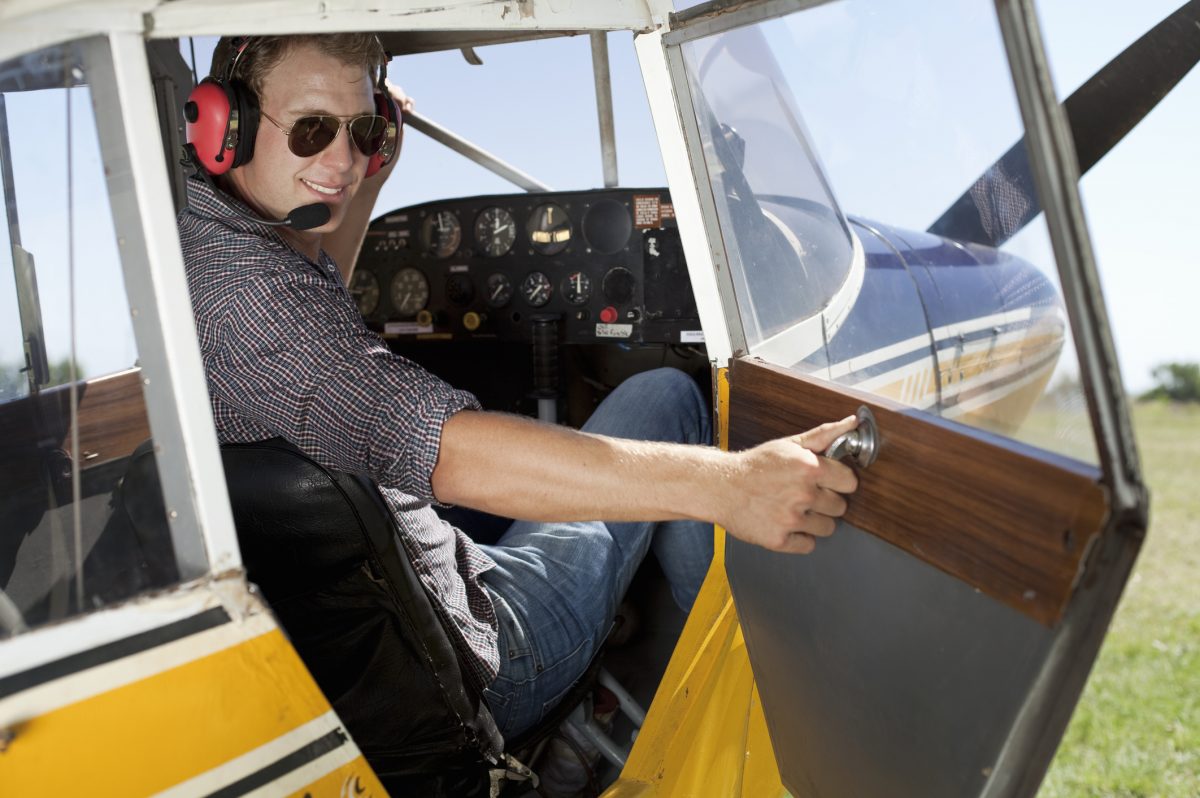
It’s often said that a private pilot’s license is a “license to learn,” and it’s true. The best pilots are always learning, and once you’ve earned your PPL, the sky’s the limit! If you’re ready to take your flying to the next level, there are many additional ratings, endorsements, and certificates you can pursue. Here are a few worth considering:
An instrument rating is the most common next step after getting a private pilot’s license. While the instrument rating is among the most challenging ratings to acquire, it’s also one of the most rewarding. Beyond the most obvious benefit of being able to fly in the clouds under Instrument Flight Rules (IFR), working toward an instrument rating is a great way to build skills that can be used in your Visual Flight Rules (VFR) flying. With practice and proficiency, the instrument rating can help you become a safer, more confident pilot.
A seaplane rating is one of the more affordable add-on ratings and one of the most fun to earn! After all, there’s nothing like the thrill of taking off and touching down on the water. Because the seaplane rating doesn’t require a written exam, it’s possible to earn a seaplane rating over a long weekend with just 8 to 12 hours of flying. And with seaplane schools in beautiful locales such as Alaska, Florida, Minnesota, and Washington, you could even combine your training with a special trip or vacation. Check out the Seaplane Pilots Association’s list of seaplane schools to explore the possibilities.
In an engine-out scenario, any aircraft essentially becomes a glider. That’s why some of the best aviators have soaring experience. For example, Capt. “Sully” Sullenberger is a certified glider pilot, which no doubt aided in his successful emergency landing on the Hudson. Gaining a glider rating can also enhance your understanding of energy management, helping you maneuver safely and more efficiently in the skies. If you already have your PPL, expect to complete a minimum of 3 hours of flight time and at least 10 solo flights to add the glider rating.
Multi-engine aircraft offer a completely different flying experience with improved speed, power, and climb rate, as well as more cabin space and payload performance. Especially if you want to be a professional pilot one day, earning the multi-engine rating can open doors to exciting opportunities. Flight training includes a number of emergency engine failure exercises such as propeller feathering and minimum control airspeed (VMC) and drag demonstrations.
A tailwheel endorsement will expand your aviation horizons, providing opportunities to fly unique and exciting aircraft. Tailwheel airplanes are generally lighter and more rugged than nosewheels, making them well suited for STOL flying in backcountry environments. Flying a tailwheel aircraft demands proficient stick-and-rudder skills, especially in the takeoff and landing phases. Improving your footwork and coordination can help you become a better all-around pilot, no matter what airplane you fly. Best of all, the tailwheel endorsement doesn’t require a minimum number of flight hours, only a demonstration of proficiency, so it can be accomplished in as little as 5 to 10 hours with an instructor.
What additional ratings, endorsements, or certificates do you have? What’s on your aviation wish list? Let us know on Facebook, Twitter, or Instagram.